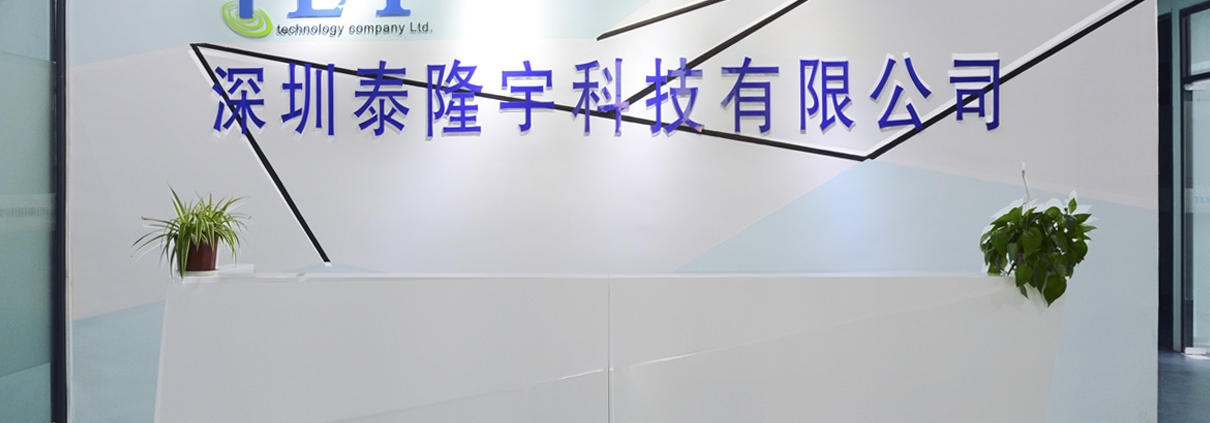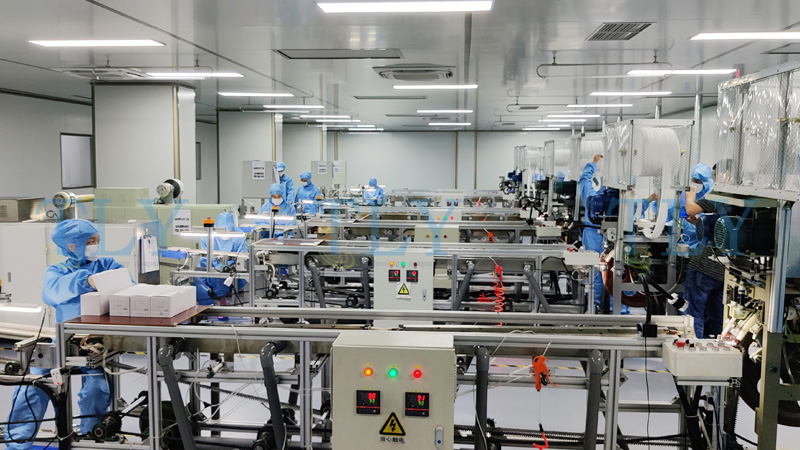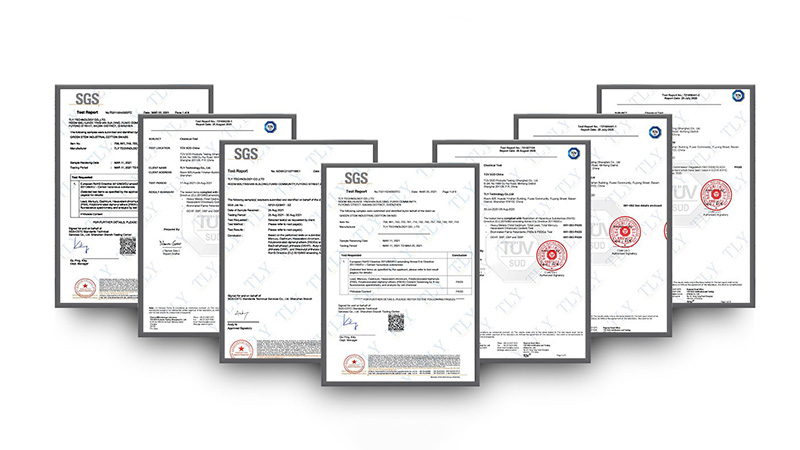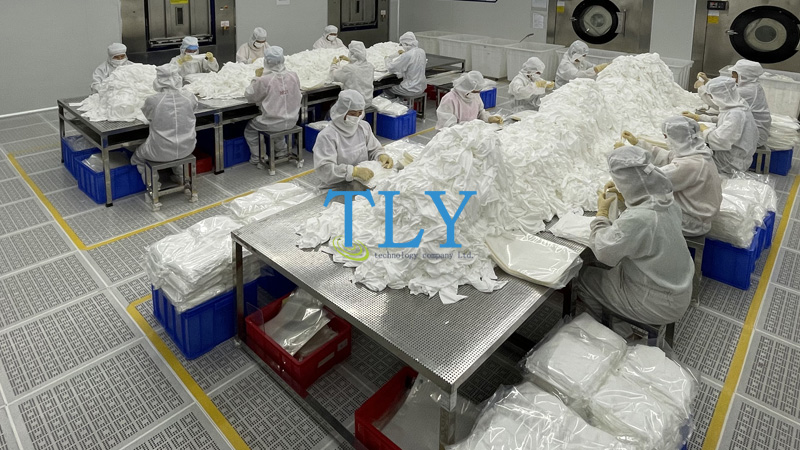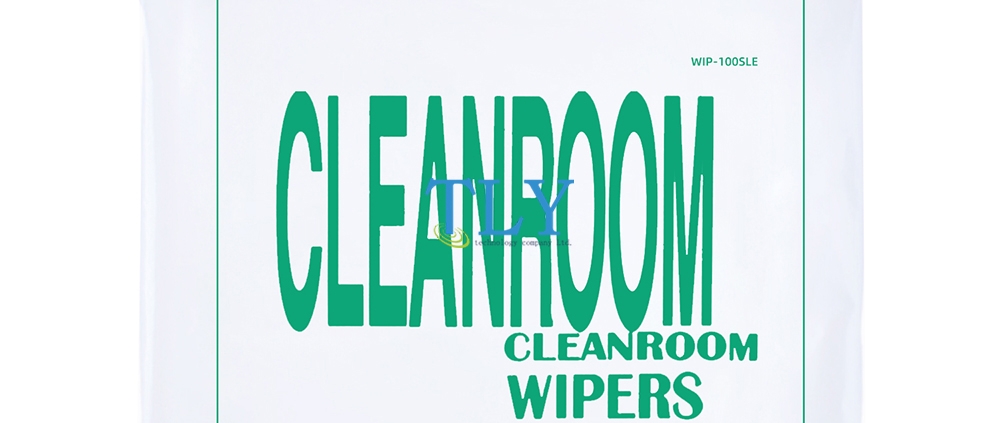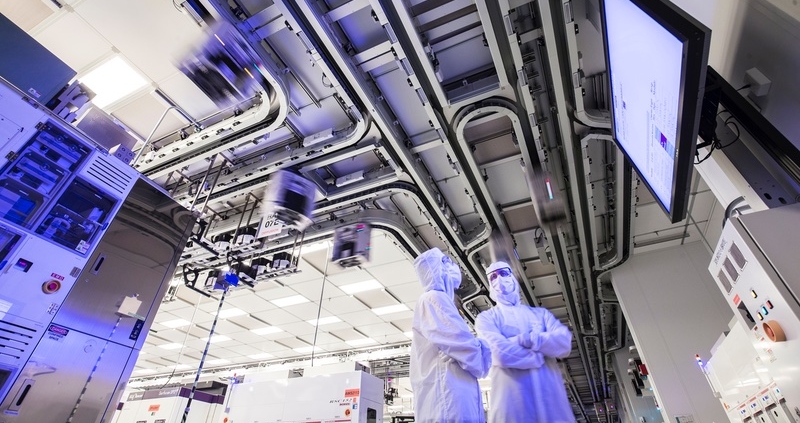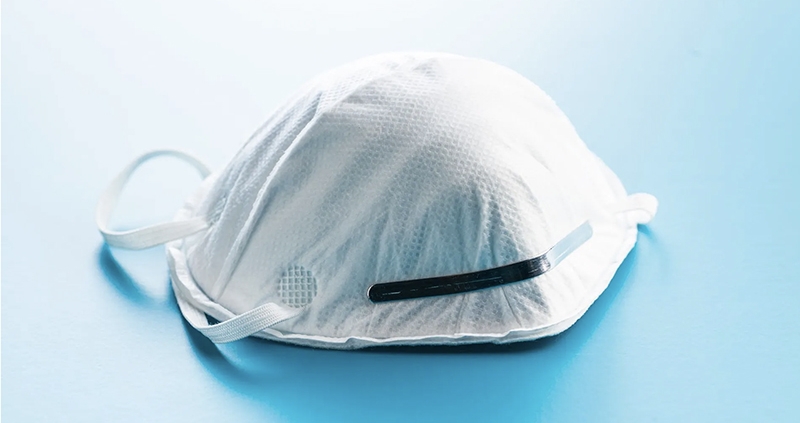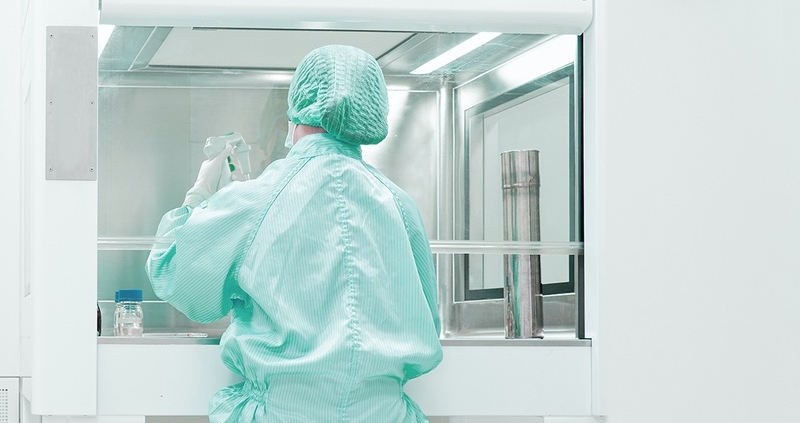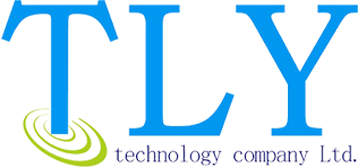Tlycleanroom Company introduction
TLY Technology Co., Ltd was established 2014,its headquarter is Fuyong Town, Shenzhen City. TLY is a diversified enterprise integrating design, production, sales and service, which is specializing in the production of industrial purification cotton swabs, e-cigarette clean cotton swabs. The main productsare industrial purification cotton swabs, cosmetics daily cotton swabs, polyester wipers, polycellulose wipes, anti-static coveralls series and labour protection appliance.
The company has passed the ISO9001 quality management system certification, obtained a number of national invention patents, utility model patents, its production of various types of cotton swabs have obtained ROHS, REACH, halogen test and other product certification.Continuous study, unremitting efforts, TLY has accumulated rich experience in research and development and production, the company has advanced integrated production equipment, level 10 clean dust-free workshop, and a systematic and professional production process and quality inspection method, to provide a strong guarantee for the quality stability and cost-effective products.
The company’s products are widely recognized and accepted by the global market, and have been exported to more than 100 countries such as Europe,
America, Japan and South Korea.And it has become the designated supplier of many well-known brands at home and abroad for Industrial purification cotton
swabs products.TLY is adhering to the business philosophy of “attention to demand, continuous innovation, quality first, service to the best” , ceaseless
development innovation, takes technology as the core, Considers quality as life.We will continue to improve our work environment, create a good working
atmosphere,and build the core value system of corporate culture. Going hand in hand because of mutual recognition, developing significantly because of
cultural integration!

